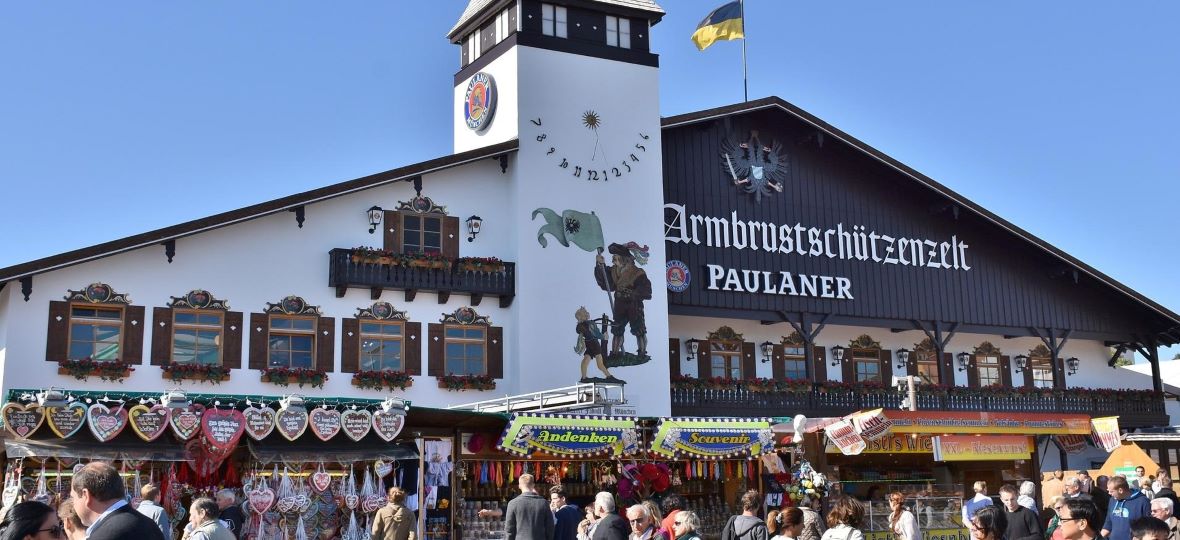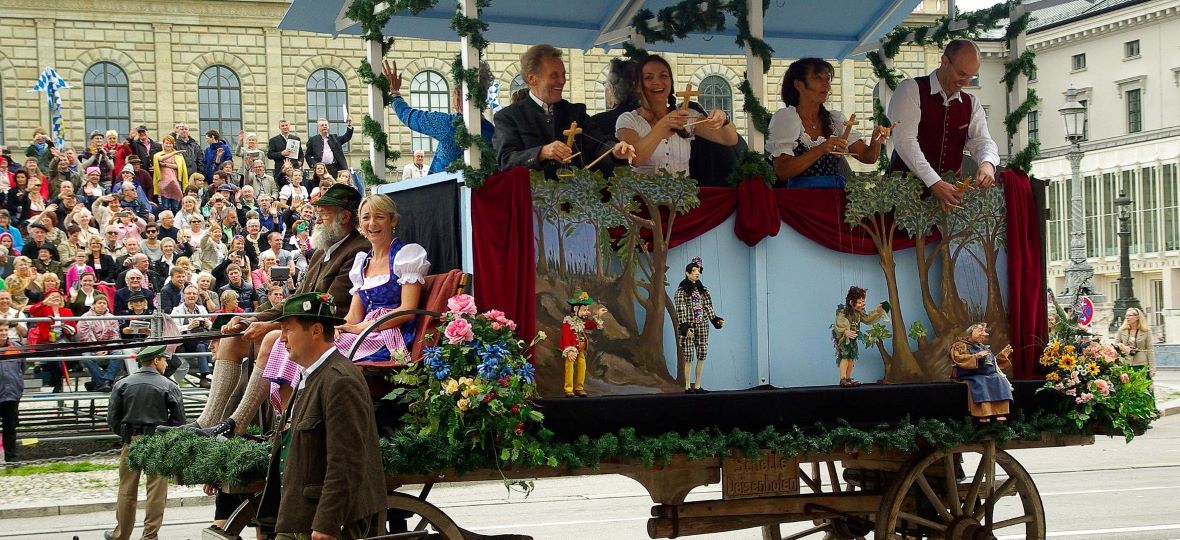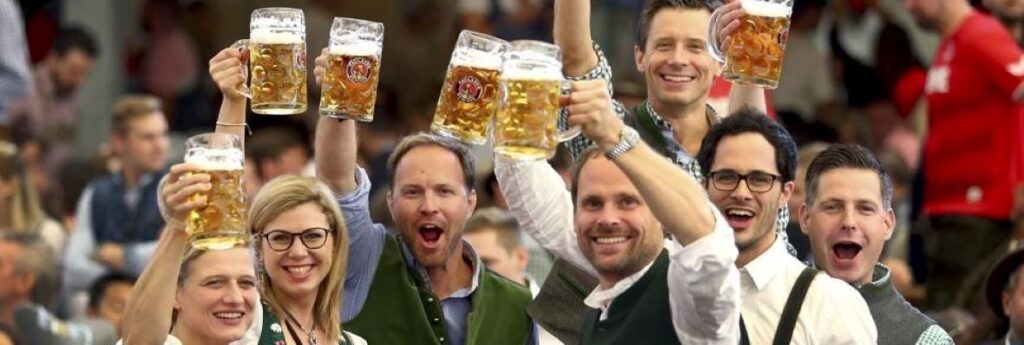You don’t have love beer to love Oktoberfest (although it helps), just as one doesn’t have to be religious to relish Oberammergau, or a gambler to venture to Vegas. My point: they are all bucket list experiences that exude cultural significance and colour that exceed the core philosophies.
It should be noted therefore – amongst the onslaught of returning events around the world as the pandemic fades – that Munich’s annual beer festival is on again this year following a two-year pause due to coronavirus.
Munich’s mayor announced this week that the popular fall festival, which is more broadly a celebration of Bavarian culture (and dubbed a volksfest, or “people’s festival”) will be held without restrictions from Sept. 17 to Oct. 3.
First held in 1810 in honour of the marriage of Crown Prince Ludwig of Bavaria to Princess Therese, Oktoberfest has been cancelled dozens of times during its more than 200-year history due to wars and pandemics.
Some years, ago I had occasion to meet a descendent of said Prince Ludwig, a modern brewer (amongst other things) who lamented his inability, despite his lineage, to partake in what is considered the world’s largest beer festival and which in modern terms is a cash cow for select city breweries (others, even my acquaintance, are prohibited). Which to say that Oktoberfest is big business besides being big fun.

The six Munich breweries with the golden ticket are: Augustiner, Hacker-Pschor, Löwenbräu, Paulaner, Spaten, Hofbräuhaus.
At the heart of the experience, which can best be described as a carnival with beer, are 14 legendary “big” beer tents (festhall), each with their own personalities, including entertainment and food. Some are also known for being livelier, others suitable for families.
Capacity can range from 2,500 to 11,000 at the big tents, but there are also 21 smaller tents (note: most of the “tents” are colourfully designed wooden structures – one designed to look like a gingerbread house – constructed on a temporary basis).
However, to ensure that the festhalls aren’t free-for-alls, one has to be seated to be served. Also, until 6 p.m. music is limited to orchestras, giving way to ubiquitous dance pop for the evening party after that, though most tents close at 11 p.m. (a couple are open until 1 a.m.)
Beyond the festhalls, there are also scheduled events for families and seniors, plus traditional opening ceremony and beer tapping, parades about town, and a final closing gun salute – all signifying that Oktoberfest is more widely a celebration of Bavarian culture – plus actual carnival rides.

Then again, beer is an integral part of the culture of Bavaria – an enlightened land where brew isn’t only for breakfast.
At Oktoberfest, it is served in the famous German mass (1 litre) mugs by traditional lederhosen- and dirndl-clad servers who have the capacity to carry more glasses of suds than seems possible. In 2014, a record year, 7.7 million litres of suds were consumed – not a few of them chugged during the ubiquitous singing and swaying anthem, “Ein Prosit.”
So, Oktoberfest is back. Prost! Eins, zwei, drei, g’suffa! Wunderbar!
With glass purposefully in hand, we at Travel Industry Today continue our series on some of the planet’s best bars, patios and rooftop venues. For more articles in the series, click here:
PREVIOUS ARTICLES: https://travelindustrytoday.com/pub-patio/

